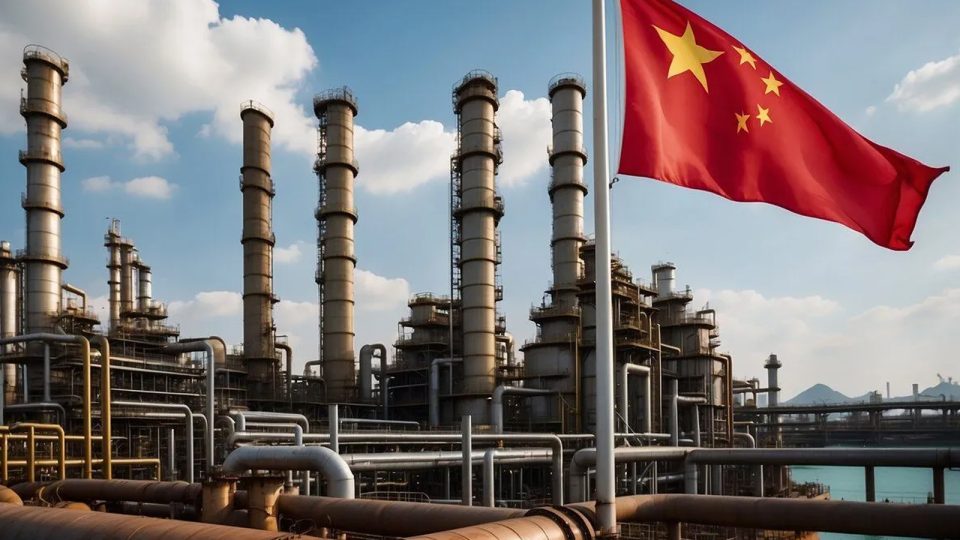Oil prices are facing significant downward pressure, primarily due to concerns regarding demand from China, the world’s second-largest oil consumer. As of November 12, 2024, Brent crude is trading at just under $72 per barrel, while West Texas Intermediate (WTI) dipped below $68 in intraday trading, reflecting a notable decline attributed to a lack of expected stimulus measures in China and a reduction in Saudi oil supplies to the country.
The recent slide in oil prices has been largely triggered by disappointment over China’s fiscal policies. Analysts at Commerzbank, including commodity analyst Carsten Fritsch, have highlighted that the Chinese government’s recent announcement of additional fiscal spending has fallen short of market expectations. This has led to heightened concerns about the sustainability of demand in a country that has been pivotal in driving global oil consumption.
Reports indicate that Saudi Arabia plans to reduce crude oil deliveries to China for December, further compounding these worries. Deliveries are projected at 36.5 million tons (265.4 million barrels) for December, down from 37.5 million tons (273.4 million barrels) in November and significantly lower than the 46 million tons (338.1 million barrels) delivered in October. This trend aligns with earlier data showing weak Chinese crude oil imports and a reduction in official selling prices for December.
China’s economic indicators have also contributed to the bearish sentiment in the oil market. Recent data points to a continuation of weak demand, with no signs of improvement expected in the fourth quarter. After nine months into the year, Saudi Arabia’s oil exports to China were nearly 11% lower than during the same period last year. Additionally, inflation levels in China remain low, and there are growing fears that without substantial government intervention, consumer demand will continue to wane.
The robust performance of the U.S. dollar has compounded these issues, making oil more expensive for buyers using other currencies. The dollar index recently reached its highest level in a year, influenced by political developments such as the recent election in the United States, which has shifted market dynamics and investor sentiment.
Looking ahead, traders are closely monitoring OPEC’s upcoming monthly market report for insights into future supply-demand dynamics. The organization is expected to adjust its demand predictions downward amidst these prevailing conditions. Furthermore, while U.S. supply concerns have eased with the weakening of Hurricane Rafael, previously feared to disrupt Gulf production, overall market sentiment remains cautious as traders anticipate an oversupply situation in the coming year.
Oil prices are currently under considerable strain due to weakening demand signals from China and strategic supply adjustments by key producers like Saudi Arabia. The interplay between these factors suggests that unless there is a significant shift in economic policy or unexpected geopolitical developments, oil prices may continue to face downward pressure in the near term.

